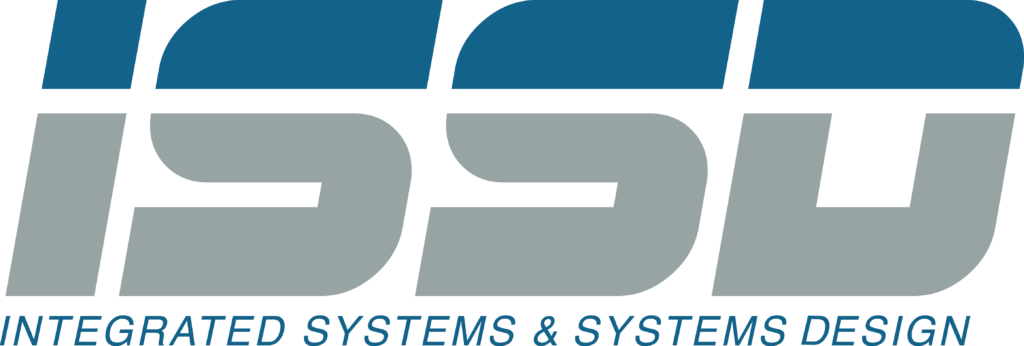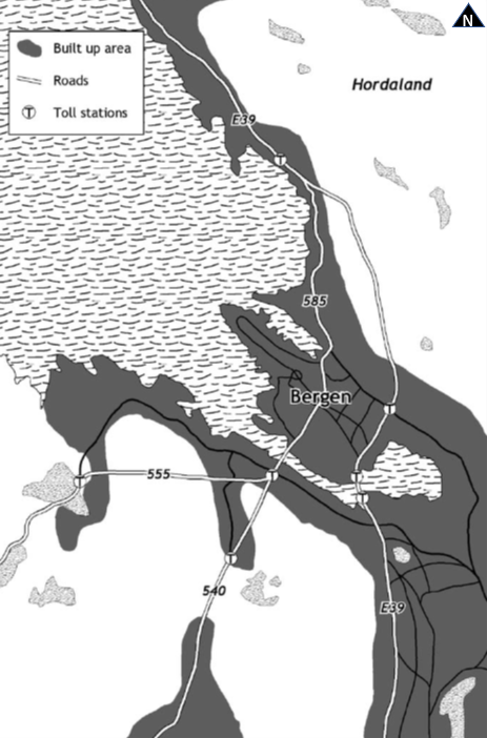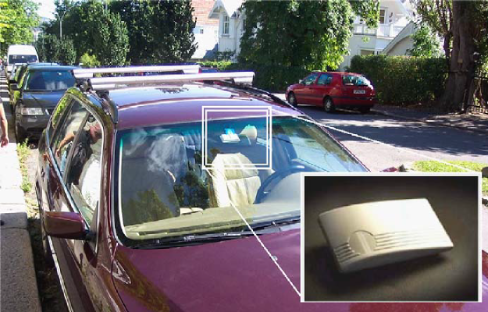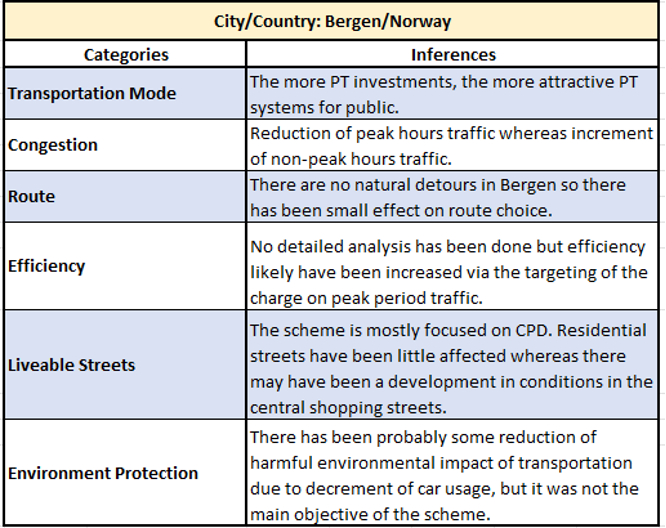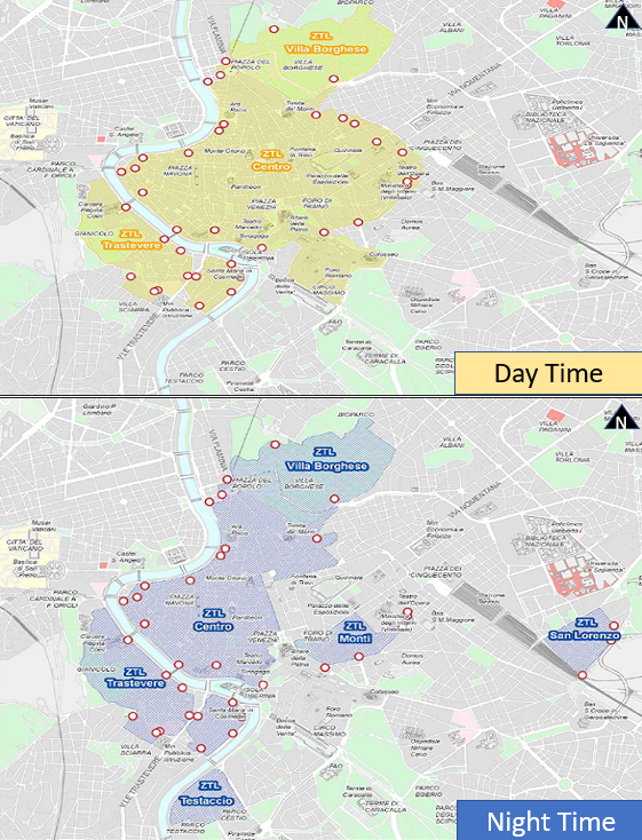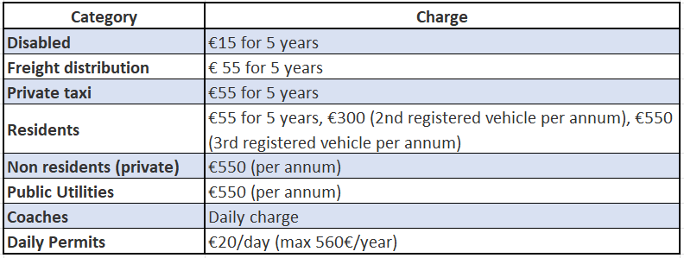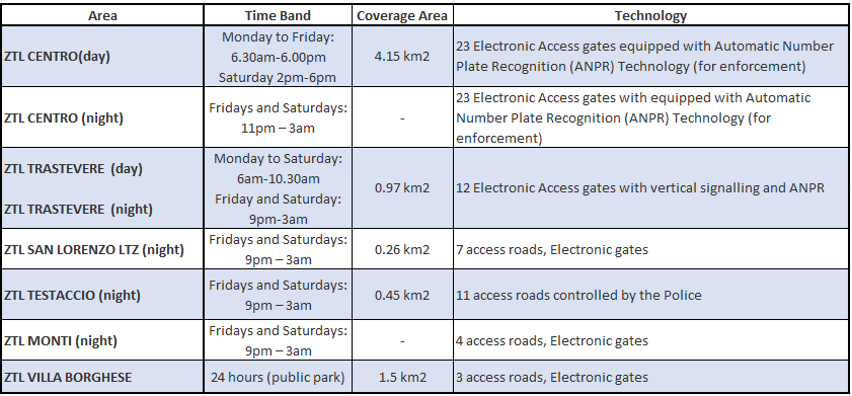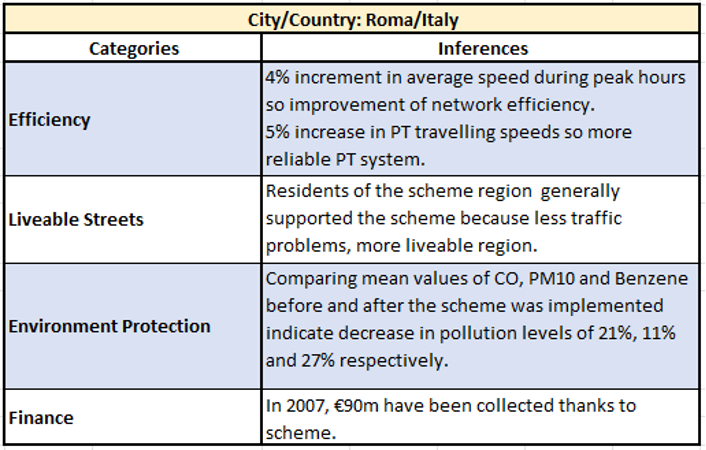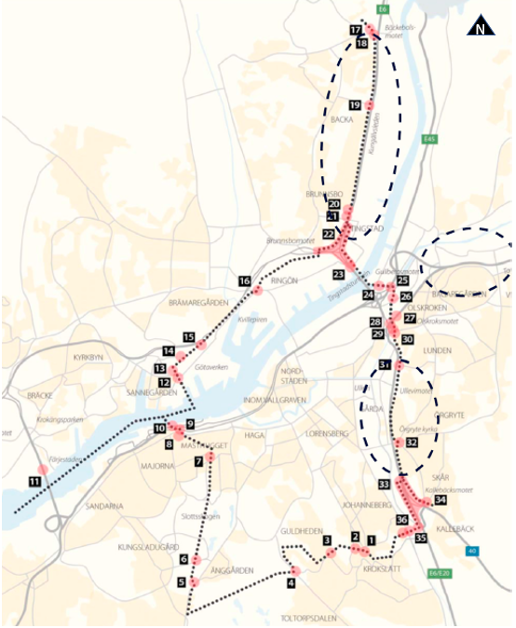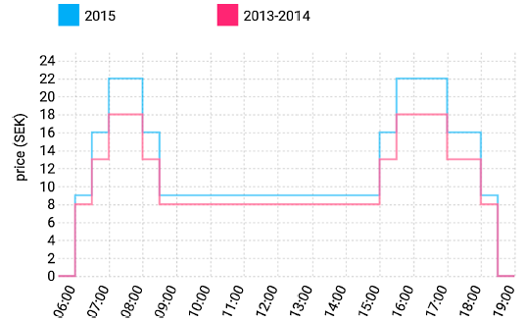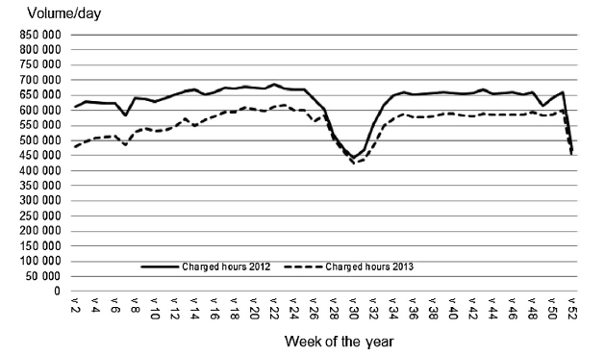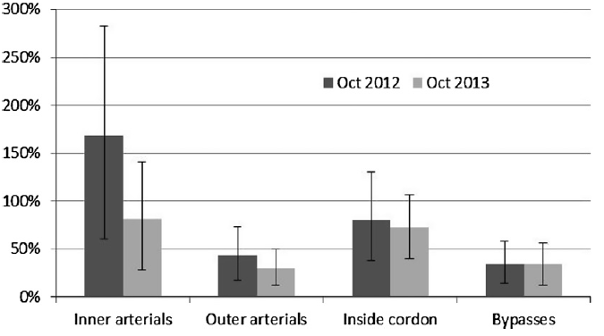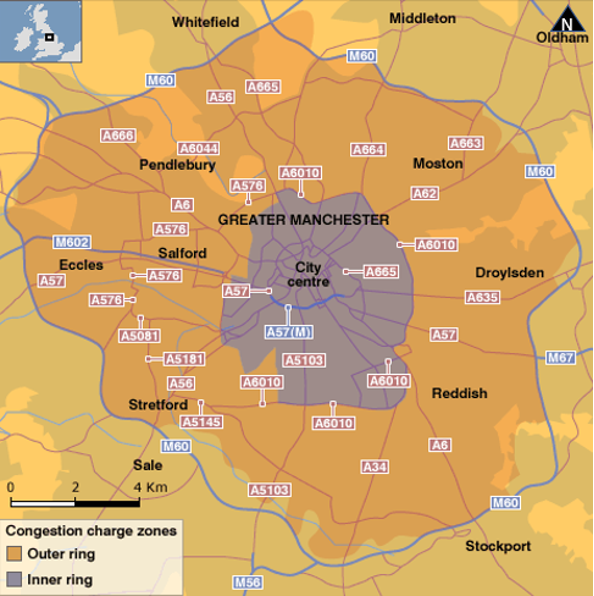List of Acronyms
ANPR: Automatic Number Plate Recognition
CBD: Central Business Districts
PT: Public Transport
RUC: Road User Charging
TMP: Transportation Master Plan
ZTL: Zone a Traffico Limitato (Zonal Access Control System in Rome)
Introduction
Given the finite resources on Earth, it is imperative for individuals to utilise them efficiently. As road networks represent a limited resource entailing substantial construction and upkeep expenses, it is crucial for humans to employ them judiciously, taking sustainability into account. There are a lot of ways to use road networks efficiently, and RUC is also one of the significant solutions.
Simply, RUC is the application that charges road users for their usage of the road network. It has various applications and policies such as cordon charging, single point charging, charges by type of vehicle, charge by time of the day etc. Until today, RUC has been tested in various parts of the world in the form of many different practices and policies. Some of the trials have been successful and permanent whereas some of them have been cancelled.
Implemented Examples Around the World
Bergen/Norway
Traffic related problems such as congestion, air and noise pollution have been faced by Bergen since the 1970s. To prevent this situation, TMP was published by town planners in 1983 (Ieromonachou et al., 2006). Initially, the plan did not include RUC but due to lack of funding cordon type RUC was implemented using six toll stations as a support revenue for the scheme. At the early stage of the RUC scheme, although reduction of the traffic was not the main purpose of the scheme, there was a 7 per cent small drop (Ieromonachou et al., 2006).
Figure 1. The city of Bergen with toll stations indicated (Ieromonachou et al., 2006)
Since Norwegians had been already overwhelmed because of heavy taxes, they were against the RUC at the beginning (Ieromonachou et al., 2006). Nevertheless, in time RUC scheme has been protected and improved in terms of both technology (i.e., shift from a manual system to AutoPass system in 2004) and policy wise (Ieromonachou et al., 2006).
Figure 2. The AutoPass electronic tag (Ieromonachou et al., 2006)
Although fees were depended on the day, time of the day and vehicle types till 2016 (Ieromonachou et al., 2006), a congestion-based charging system was first introduced in 2016. This scheme resulted in peak hour travellers being charged 80% more and off-peak hour travellers charged 24% less (Tvinnereim et al., 2020).
Table 1. Overview over road toll levels (one way) before and after the introduction of congestion charging, February 2016 (euro conversion is approximate) (Tvinnereim et al., 2020)
Enhanced acceptance of the program was achieved by allocating the generated revenue not only to infrastructure projects but also to initiatives directly impacting people’s quality of life, including environmental developments, and public transportation subsidies. In addition to this, the presentation of traffic measurements and data analyses to the public has been beneficial for improving public acceptance (Tvinnereim et al., 2020).
Table 2. Inferences (Institute for Transport Studies University of Leeds)
Rome/Italy
Rome holds significance as a key European city, boasting a population of 3 million, nearly half of whom are engaged in employment (Cipriani et al., 2019). In the morning peak, over 550,000 trips are made in Rome also about 75% of these trips are made with private vehicles. (Cipriani et al., 2019). Unfortunately, the transportation system of Rome concentrates on the use of private vehicles with a congested road network and quite high car ownerships (more than 700 for 1000 people) (Gori et al., 2012).
The number of people and vehicles has caused two related problems: traffic congestion and environmental degradation (Institute for Transport Studies University of Leeds). Consequently, TMP with RUC was published for improving mobility, modifying modal split, increasing safety, controlling the demand, and preserving the historical heritage. Rome has been equipped with an access control system throughout the city centre (ZTL). Electronic gates were used to support the first RUC implementation in 2001. Once the automatic system had been tested and tweaked, the scheme was improved (Institute for Transport Studies University of Leeds). The main purpose is to reduce private car usage in ZTL and extend these restrictions gradually outside.
Figure 3.ZTL Scheme in Rome (Dots indicate the gates equipped with ANPR technology for enforcement) (Institute for Transport Studies University of Leeds)
Drivers are required to remit a predetermined fee applicable for a specific duration, and the fee is contingent upon the vehicle categories.
Table 3. Charges for various categories of vehicles (Institute for Transport Studies University of Leeds)
Table 4. Zone Definition and Hours of Operation (Institute for Transport Studies University of Leeds)
Due to the scheme, private car usage faced a decline of 5%. Most of these have transformed into pedestrian traffic but since powered two-wheelers are privileged from the scheme, there has been a consequent increase in this mode. Also, more than a 15% reduction in traffic volume has occurred (averaged over all ZTL areas over hours of operation) (Institute for Transport Studies University of Leeds).
Table 5.Inferences (Institute for Transport Studies University of Leeds)
Gothenburg/Sweden
The RUC in Gothenburg was introduced in 2013 for not only to reduce congestion and environmental damages but also to increase the investments’ revenue (Lehe, 2019). Stockholm’s scheme features were inspirational for Gothenburg scheme in various ways such as technological and policy wise. Despite the negative result of the referendum in 2014, the council protected the scheme and increased the prices in 2015 (Lehe, 2019).
Figure 4. Gothenburg RUC cordon (Control points are numbered dots. Circled highways were previously congested.) (Lehe, 2019).
The scheme involves a cordon with two additional charging boundaries sprouting out from the cordon. Travellers are identified using ANPR cameras while they are crossing both directions. Prices vary by time-of-day.
Figure 5.Gothenburg RUC toll schedule (1EURO=10.30 SEK (December 2021)) (Lehe, 2019)
Table 6.Gothenburg revenue, passages and operating cost of the systems (Börjesson & Kristoffersson, 2018)
As a result of that scheme following impacts has occurred (Börjesson & Kristoffersson, 2015):
- As well as a 12% decrease in volume across the cordon has occurred during charged hours, the inner-city streets have also witnessed a 6% drop outside of charging times in volume since charging was introduced.
- This volume decrease has been responsible for 2-3% reduction in emissions within the RUC zone.
- As Figure 7 indicates the positive change in terms of travel times in morning peak.
Figure 6.The number of vehicles passing the cordon during charged hours (weekdays 6:00–18:30) with and without RUC (Börjesson & Kristoffersson, 2015)
Figure 7.Changes in travel time (Börjesson & Kristoffersson, 2015)
It should be noted that the scheme is not perfect. Only 26% of commuting trips in Gothenburg are on PT, compared to 77% in Stockholm demonstrating a lack of alternatives for those who cannot afford congestion tax (Börjesson & Kristoffersson, 2015).
Although the public did not approach this scheme positively at the beginning, with a better explanation of the effects of the scheme, they have increased their support for the scheme over time (Börjesson et al., 2016).
Cancelled Examples Around the World
Manchester/England
In Manchester, a two-cordon concentric RUC was proposed in 2008 by planning to implement it in 2011. Drivers would be charged £2 while entering the outer cordon and a further £2 for the inner cordon during the morning peak; during the afternoon, a £2 fee would be applied when exiting each cordon (Hensher & Li, 2013).
Figure 8. Inner and outer cordon boundaries (BBC, 2008)
The scheme was rejected possibly due to the complexity of the scheme and lack of press support.
Edinburgh/Scotland
Edinburgh is the capital city of Scotland with more than 460,000 population, and citizens complete around 2.9 trips per person per day (Rye et al., 2008). Due to the amount of car-dominated trips from outside to inside the city after 1991, concentric cordon charging was proposed (Rye et al., 2008).
Figure 9.Inner and outer cordon boundaries (BBC, 2005)
Once-a-day flat charge (£2) was planned without considering any discounts for residents, exemptions would have been in place only for emergency vehicles, taxis, buses, motorcycles, city car club and people with mobility impairments. ANPR technology was considered for enforcement purposes (Rye et al., 2008).
The predictions using models computed the benefits below compared with the do-nothing scenario (Rye et al., 2008):
- A 21% reduction in city centre traffic delays.
- A 9% reduction in traffic delays citywide.
- A 30% reduction in vehicles entering the city centre on a typical
The scheme was rejected in the referendum, possibly due to not well detailed prepared plans for residents and lack of information & press support.
Conclusion
Wide roads and new road constructions are not sustainable ways to solve congestion problems therefore paradigm shifts in traffic management, transport and urban planning have essential roles for a more viable future. There are several ways to achieve this paradigm shift, such as demand control and modal shift. RUC is one of the implementations which may cause managing the demand and modal shift.
Although RUC implementations have faced failures such as Hong Kong, Edinburgh, Manchester, Manhattan etc. it has also successful applications such as London, Gothenburg, Roma, Bergen, Oslo, Milan etc. Successful schemes have two common features:
- They were well planned considering the demographic features of the region.
- They were supported by courageous decision-makers with the support of the
Table 7. Some possible challenges and benefits of RUC
| Some Possible Challenges | Some Possible Benefits |
| Personal Privacy | Demand Control |
| Difficulty of Implementation | Modal Shift |
| Creating a Fair and Easy to Understand Variable Pricing System |
More Physical Activity |
| Administrative Issues | Less Polluted Air |
| High Installation Costs | Less Noise Pollution |
| Public and Political Acceptance | Healthier Citizens |
| Lack of Political Courage | More Sustainable Cities |
Notwithstanding the challenges listed above, RUC may have significant benefits for a more sustainable world. Therefore, decisions should be made by finding proper balance when they are necessary for more viable worlds.
References
- Anon (2005) UK | Scotland | Edinburgh rejects Congestion Plan. [Online] [online]. Available from: http://news.bbc.co.uk/1/hi/scotland/4287145.stm (Accessed 12 December 2021).
- Anon (2008) Voters reject congestion charge. [Online] [online]. Available from: http://news.bbc.co.uk/1/hi/england/manchester/7778110.stm (Accessed 21 December 2021).
- Börjesson, M. & Kristoffersson, I. (2015) The Gothenburg congestion charge. Effects, design and politics. Transportation research. Part A, Policy and practice. 75134–146.
- Börjesson, M. & Kristoffersson, I. (2018) The Swedish congestion charges: Ten years on. Transportation research. Part A, Policy and practice. 10735–51.
- Börjesson, M., Eliasson, J. & Hamilton, C. (2016) Why experience changes attitudes to congestion pricing: The case of Gothenburg. Transportation research. Part A, Policy and practice. 851–16.
- Cipriani, E., Mannini, L., Montemarani, B., Nigro, M. & Petrelli, M. (2019) Congestion pricing policies: Design and assessment for the city of Rome, Italy. Transport policy. 80,127–135.
- Gori, S., Nigro, M. & Petrelli, M. (2012) The impact of land use characteristics for sustainable mobility: the case study of Rome. European transport research review. 4 (3), 153–166.
- Hensher, D.A. & Li, Z. (2013) Referendum voting in road pricing reform: A review of the evidence. Transport policy. 25,186–197.
- Ieromonachou, P., Potter, S. & Warren, J.. (2006) Norway’s urban toll rings: Evolving towards congestion charging? Transport policy. 13 (5), 367–378.
- Institute for Transport Studies University of Leeds (Unknown) Road User Charging. Available at: http://www.its.leeds.ac.uk/projefcts/konsult/private/level2/instruments/instrument001/l2_001c.htm (Accessed: 20 December 2021).
- Lehe, L. (2019) Downtown congestion pricing in practice. Transportation research. Part C, Emerging technologies. 100200–223.
- Rye, T., Gaunt, M. & Ison, S. (2008) Edinburgh’s Congestion Charging Plans: An Analysis of Reasons for Non-Implementation. Transportation planning and technology. 31 (6), 641–661.
- Tvinnereim, E., Haarstad, H., Rødeseike, A. & Bugnion, V. (2020) Explaining public acceptance of congestion charging: The role of geographical variation in the Bergen case. Case studies on transport policy. 8 (3), 992–1001.
